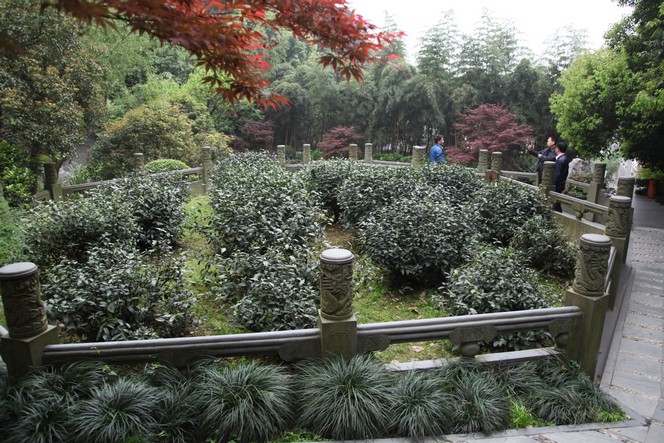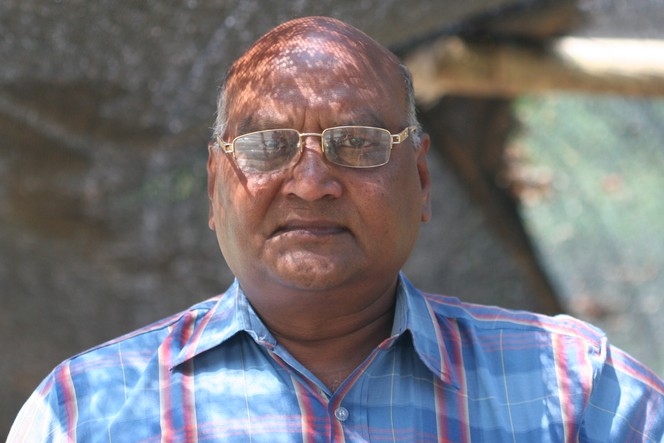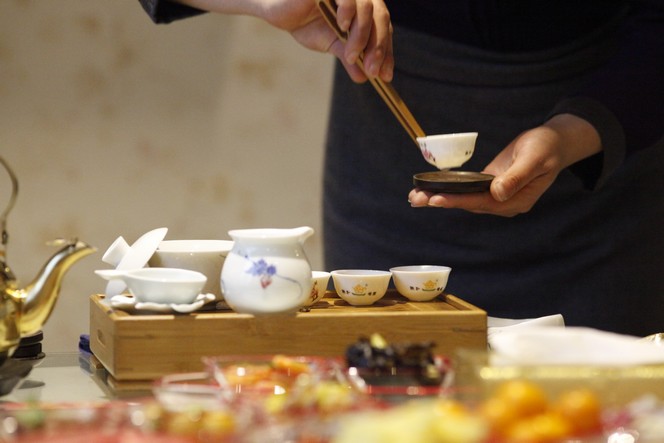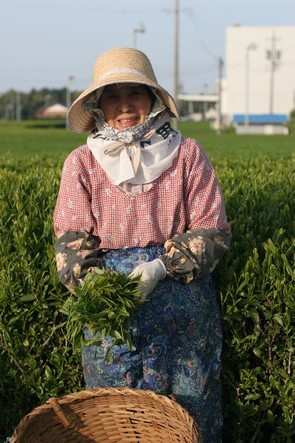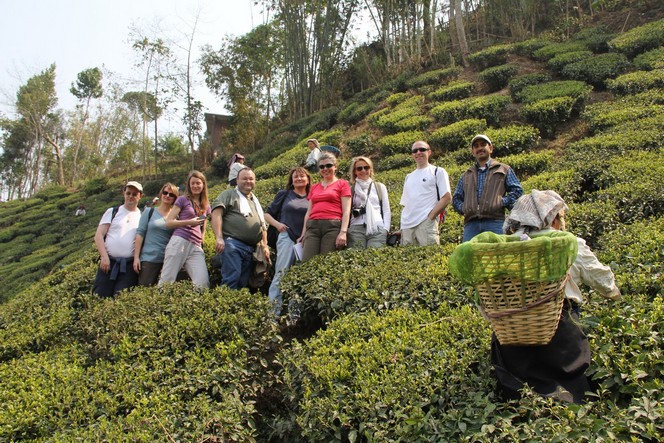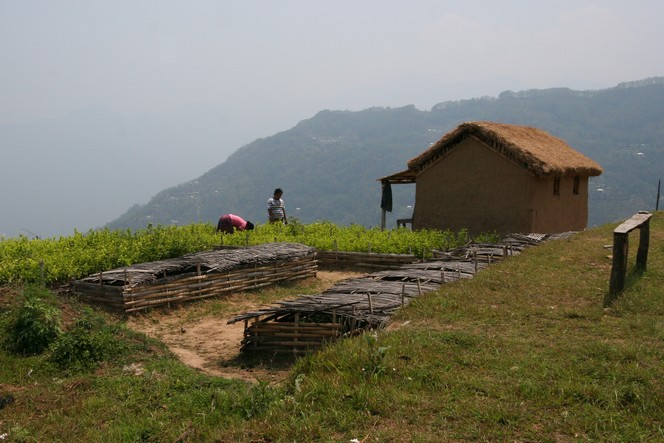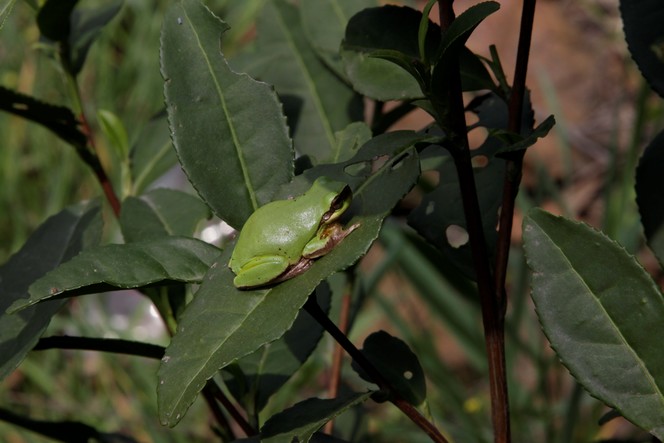A visit to 18 imperial Long Jing tea plants is an essential stop on the tourist trail around this region. These tea plants owe their status to emperor Qian Long who wanted to demonstrate his love of the famous “Dragon Well”, which remains one of the finest China green teas today.
Supposedly dating back to the 18th century, I wonder whether these shrubs have not in fact been discreetly replaced since then, as some of the stems do not appear as old as that. But for the buyers, this seems of little importance given the price at which their small but ultra prestigious harvest of leaves sells for: 36,000 euros per kilo!

